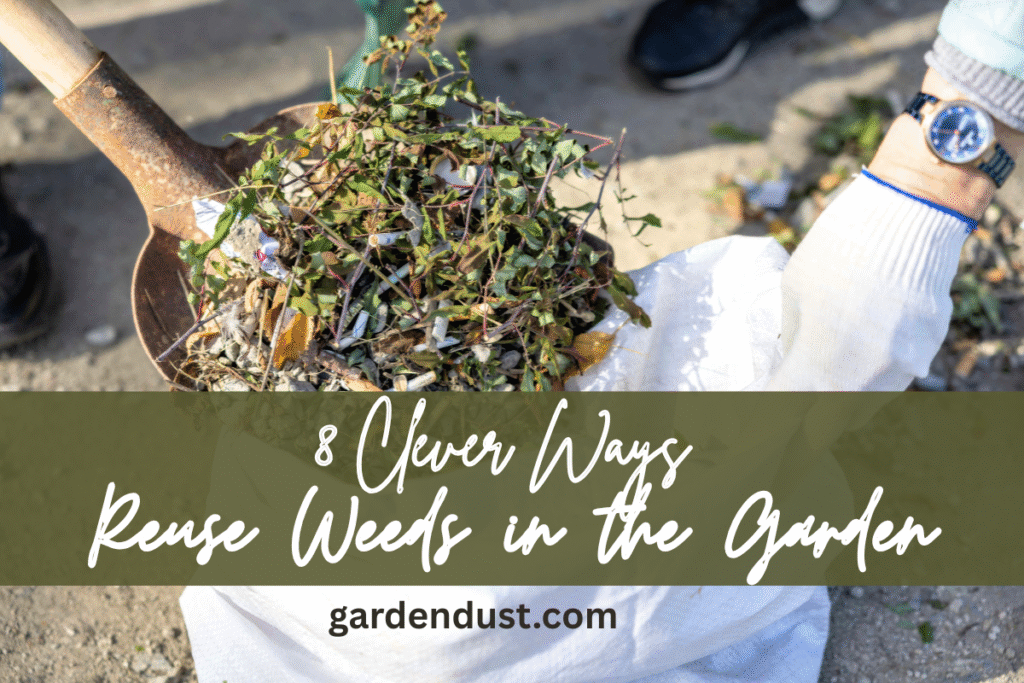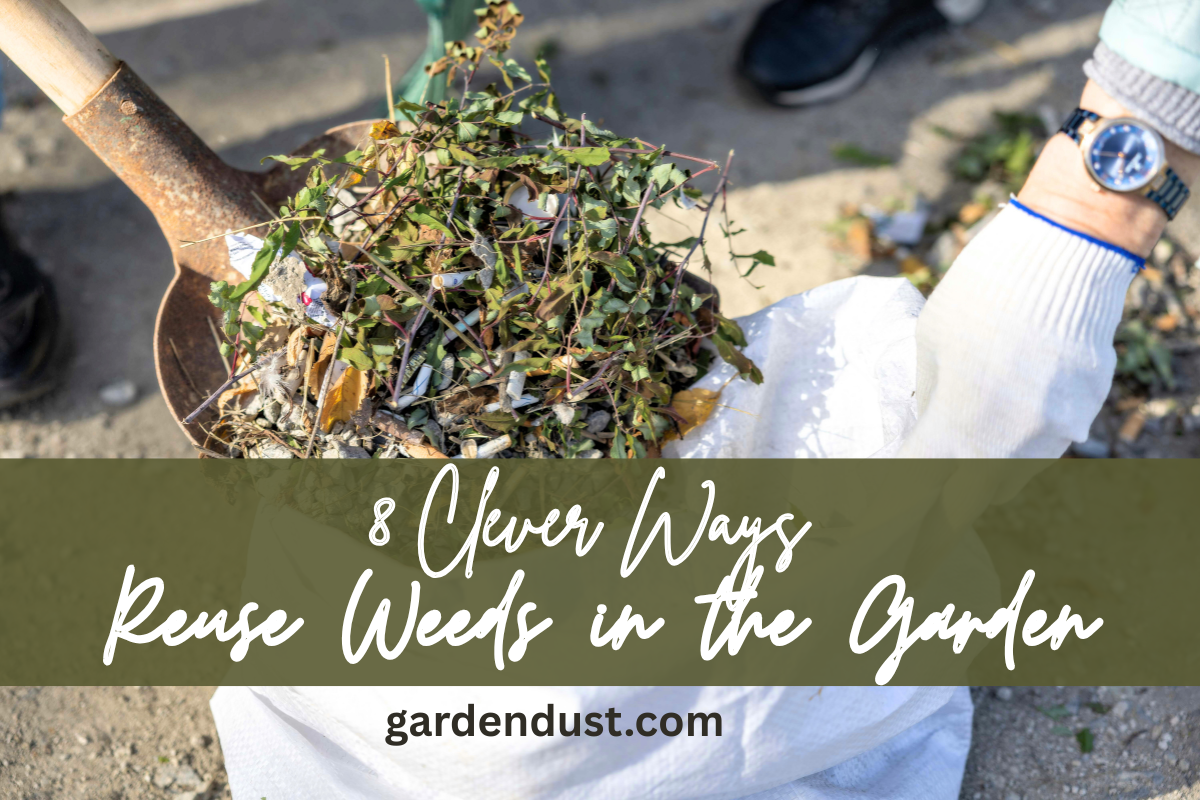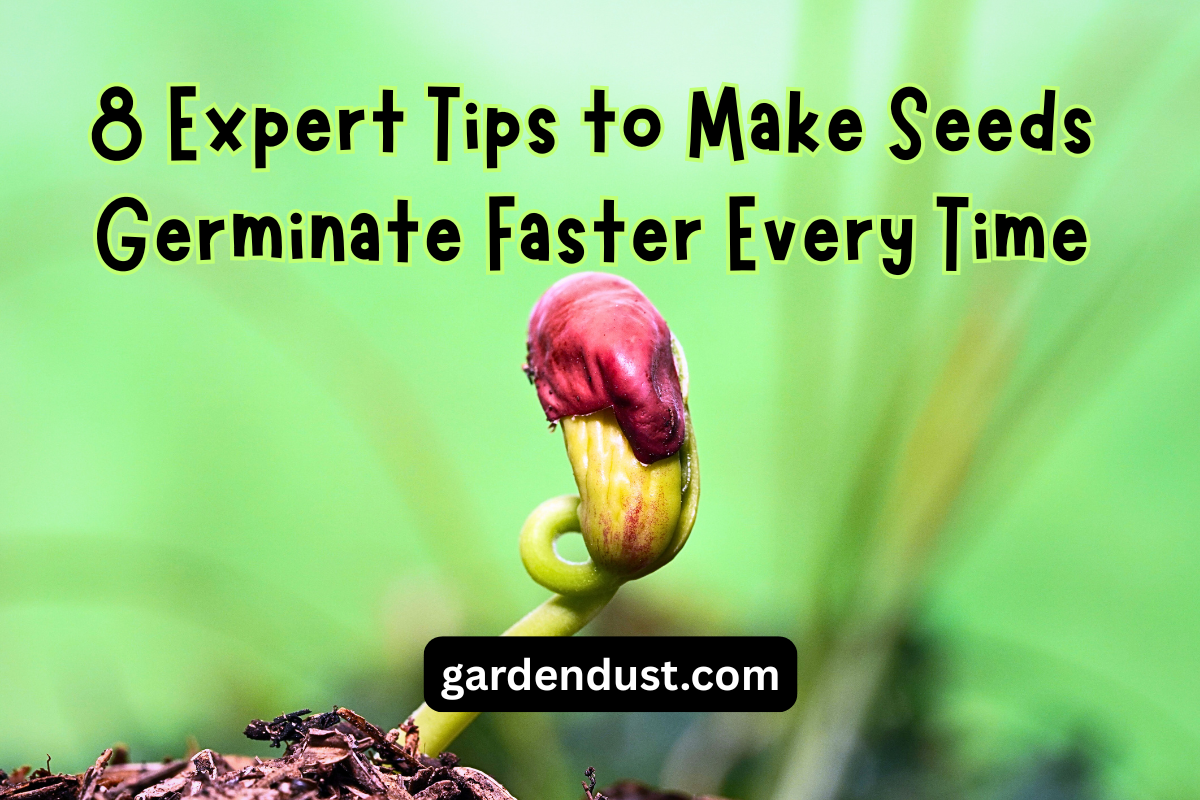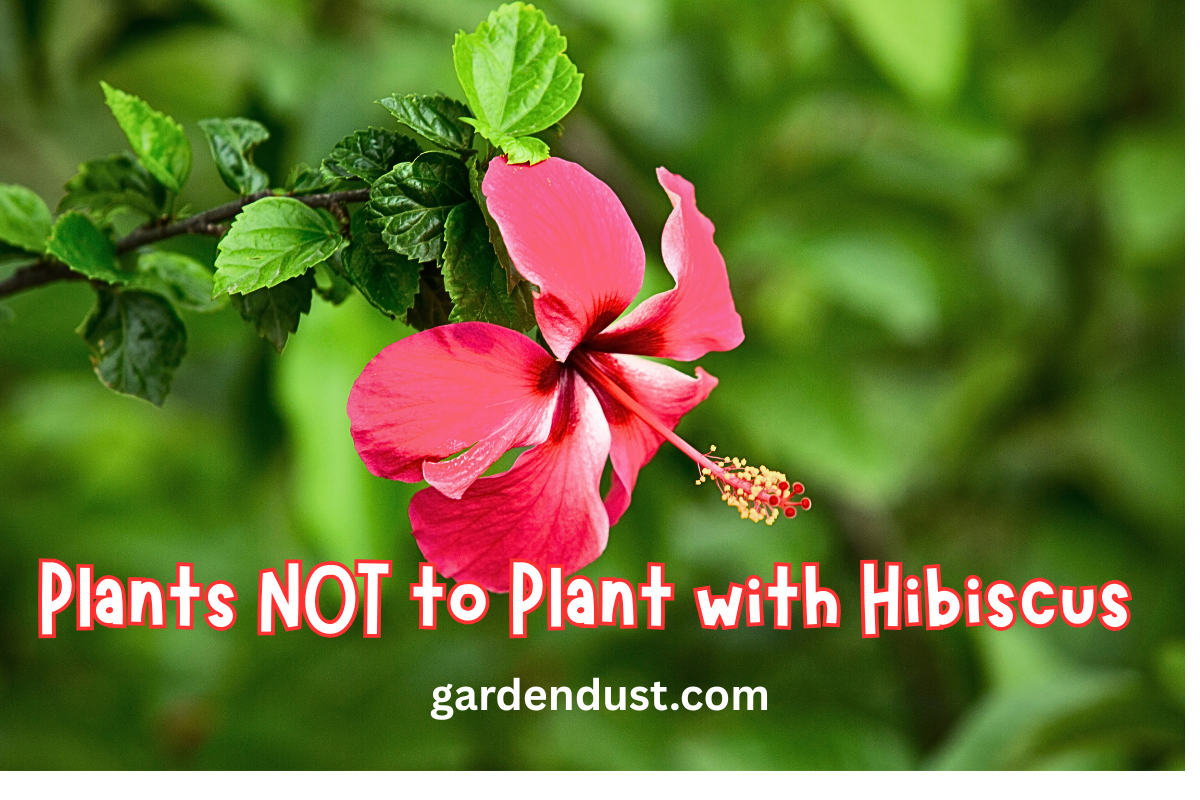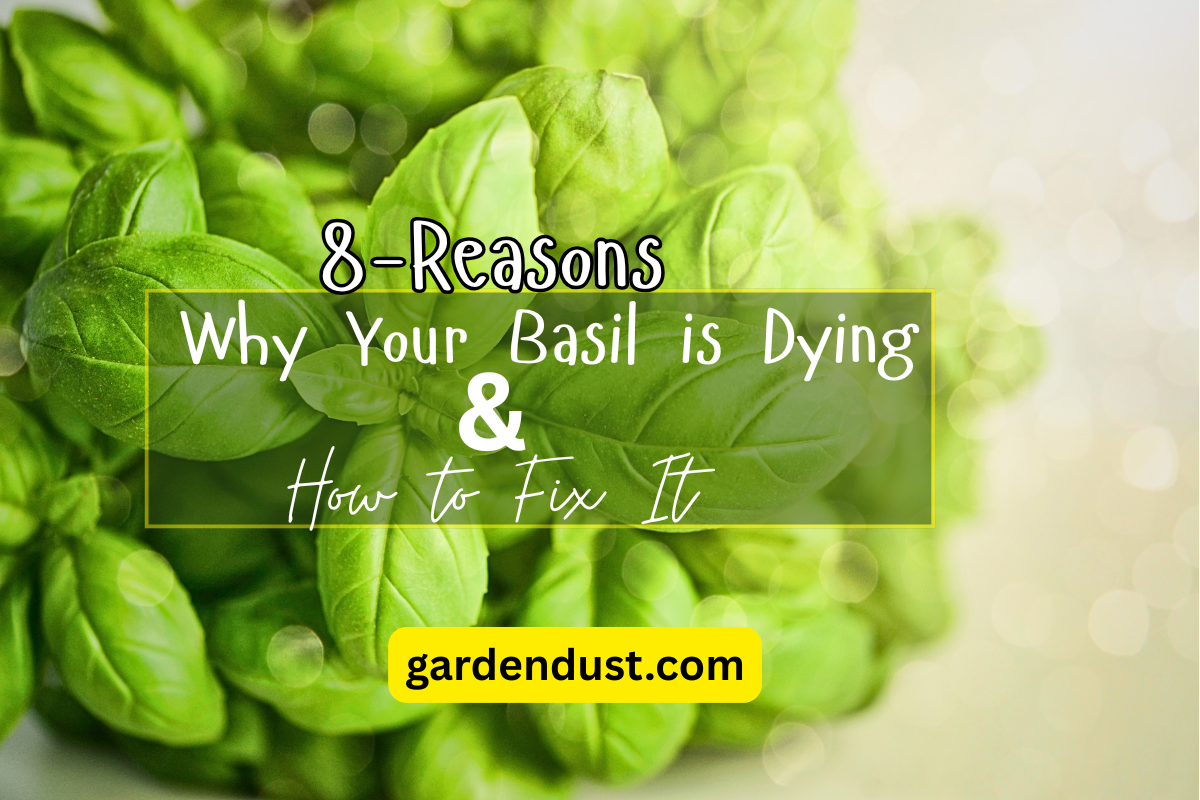Weeds are every gardener’s persistent challenge. They pop up uninvited, compete with your plants for nutrients, and often seem impossible to get rid of completely. But what if those so-called “nuisances” could actually serve a beneficial role in your garden?
Believe it or not, many weeds are rich in nutrients, deeply rooted in soil-repairing potential, and capable of being repurposed in ways that benefit your garden ecosystem. Instead of throwing them in the trash or composting them incorrectly, here are 8 smart and sustainable ways to reuse weeds in the garden.
1. Use Weeds as Mulch (Yes, Really!)
Weeds, especially those without seeds, can be chopped and dropped right back onto the soil as a natural mulch. This method is commonly used in permaculture and regenerative gardening to feed the soil and suppress more weeds.
How It Works:
Uproot young or non-seeding weeds and lay them flat around your garden plants.
They’ll create a protective barrier that helps retain moisture, suppress other weeds, and slowly decompose to add organic matter back into the soil.
Key Benefits:
- Reduces evaporation and watering frequency.
- Adds nutrients back into the soil over time.
- Encourages beneficial soil microbes and earthworms.
Important: Avoid using weeds that have already gone to seed or that regrow easily from fragments (like bindweed or Bermuda grass).
2. Turn Weeds into Powerful Liquid Fertilizer (Weed Tea)
Weed tea is a nutrient-rich garden tonic made by steeping weeds in water until they ferment. This process extracts minerals and trace nutrients that the weeds absorbed from deep in the soil, making them available in a liquid form.
How to Make Weed Tea:
- Fill a bucket or barrel with pulled weeds (no seeds or roots preferred).
- Cover them with water and weigh them down if needed.
- Let it steep in a sunny spot for 1–3 weeks, stirring occasionally.
- Strain the liquid and dilute it 1:10 (1 part tea to 10 parts water).
- Use it to water your plants or as a foliar spray.
Ideal Weeds for Fertilizer Tea:
- Dandelion (rich in potassium)
- Nettles (high in nitrogen)
- Chickweed
- Comfrey
- Plantain
Note: The mixture may smell unpleasant—keep it away from living areas.
3. Compost Weeds Carefully
Composting weeds is an excellent way to recycle their nutrients, but it requires some caution. When done correctly, composting weeds transforms garden waste into rich, dark, crumbly compost that improves soil fertility and structure.
Composting Tips:
- Avoid seeds: Do not compost weeds that have gone to seed unless your compost pile reaches 130–160°F (55–70°C).
- Chop first: Shred or cut weeds into smaller pieces to speed up decomposition.
- Hot composting preferred: This ensures pathogens and seeds are destroyed.
- Layer wisely: Mix weeds with dry brown materials (leaves, cardboard) to balance nitrogen and carbon.
Do Not Compost:
- Invasive perennial weeds like bindweed, quackgrass, or horsetail unless hot composting.
- Weeds treated with herbicides.
4. Make a No-Dig Garden Bed with Weeds
If you’re planning a new garden bed, weeds can actually be used as part of a no-dig or sheet-mulching system. This technique involves layering organic materials directly on top of the ground—yes, even over weeds—to suppress growth while building soil fertility.
How to Use Weeds in No-Dig Gardening:
- Mow or flatten weeds where the bed will go.
- Layer cardboard or thick newspaper over the weeds to block sunlight.
- Add compost, manure, and other organic materials on top.
- Finish with mulch, straw, or leaves to seal in moisture.
Benefits:
- Smothers weeds without digging or tilling.
- Feeds soil microbes as weeds decompose.
- Saves labor and preserves soil structure.
- This technique turns weeds into a foundational layer for your future garden success.
5. Feed Your Chickens or Livestock (Selective Weeds Only)
If you keep chickens, goats, or rabbits, some common garden weeds can double as highly nutritious forage. Many of these “weeds” are actually edible wild plants packed with vitamins, minerals, and even medicinal properties.
Safe Weeds for Animal Feed:
- Chickweed
- Dandelion
- Purslane
- Clover
- Plantain
- Lamb’s quarters
Tips:
- Rinse to remove dirt or pests.
- Introduce new plants slowly to avoid digestive upset.
- Avoid toxic weeds like nightshade, pokeweed, or buttercup.
Note: Always positively identify a plant before feeding it to animals.
6. Make Green Manure from Weeds
Green manure is an organic material grown or applied to the soil to improve its quality. Instead of purchasing cover crops, you can repurpose nutrient-rich weeds as green manure by letting them decompose in place or tilling them into the soil.
How to Use Weeds as Green Manure:
- Chop them down before flowering or seeding.
- Let them dry slightly, then mix them into your garden soil.
- Water thoroughly and allow time for decomposition before planting crops.
Benefits:
- Boosts soil organic matter and microbial life.
- Improves water retention and aeration.
- Naturally fertilizes without synthetic inputs.
- This works especially well in fall, giving the bed time to rest before spring planting.
7. Harvest Weeds for Medicinal or Culinary Use
Many garden weeds are not just beneficial—they’re edible and medicinal too. Wild plants like dandelion, nettle, chickweed, and purslane are valued in herbal medicine and gourmet cooking for their high nutrient content and healing properties.
Examples of Useful Weeds:
- Dandelion: Leaves are rich in potassium and iron; roots are used for liver support.
- Stinging Nettle: High in iron and vitamins; often used in teas or soups.
- Chickweed: Used for soothing skin and reducing inflammation.
- Purslane: Rich in omega-3 fatty acids; great in salads.
Safety Tip:
- Harvest from clean, chemical-free areas.
- Properly identify before consuming.
- Consult a herbalist or forager if unsure.
- This turns weeds from garden trash into wellness treasures.
8. Use Weeds as Indicators of Soil Health
Believe it or not, the type of weeds growing in your garden can reveal valuable information about your soil’s health, structure, and nutrient imbalances. Observing which weeds dominate your space helps guide soil management decisions.
Common Weed Indicators:
- Dandelions: Compacted or acidic soil.
- Chickweed: Fertile and moist soil.
- Plantain: Poor drainage or heavy clay.
- Lamb’s quarters: High nitrogen levels.
- Bindweed: Nutrient-poor and overworked soil.
How to Use This Info:
- Adjust pH, amend with compost, or improve drainage based on weed presence.
- Monitor weed changes over time as your soil improves.
- Instead of fighting your weeds blindly, let them inform your gardening strategy.
Important Cautions When Reusing Weeds-
While reusing weeds can be highly beneficial, there are some key precautions to keep in mind:
✅ Do:
- Use weeds before they flower or go to seed.
- Identify invasive or aggressive types before reusing.
- Apply heat (through composting or hot water) to destroy seeds if unsure.
❌ Avoid:
- Using herbicide-treated weeds in compost or tea.
- Reintroducing invasive roots or rhizomes.
- Spreading weed seeds unintentionally in mulch or fertilizer tea.
- As with all gardening strategies, observation and care are key to long-term success.
Weed Reuse Quick-Reference Table
| Reuse Method | Type of Weeds | Prep Needed | Risk Level |
| Mulch | Young, seedless weeds | Chop & drop | Low |
| Weed Tea | Soft, non-toxic weeds | Steep & dilute | Medium (smell) |
| Compost | Most weeds (seedless) | Chop, hot compost | Medium |
| No-Dig Layer | Any weeds (not invasive) | Flatten & cover | Low |
| Animal Feed | Edible only | Wash & verify safety | Medium |
| Green Manure | Nutrient-rich weeds | Chop & mix in soil | Low |
| Medicinal Use | Verified edibles | Clean & identify | Medium |
| Soil Indicator | All types | Observe patterns | None |
Frequently Asked Questions
Q1: Can I reuse weeds that have seeds?
Only if you’re hot composting (130–160°F) or soaking in water to ferment. Otherwise, seeds may survive and spread.
Q2: Are all weeds good for weed tea or compost?
No. Avoid toxic, thorny, or herbicide-treated plants. Stick with soft, green, nutrient-rich weeds like nettles, dandelion, or chickweed.
Q3: What’s the best time to pull and reuse weeds?
Early in the morning or after light rain, when the soil is moist. Remove them before they flower or produce seeds.
Final Thoughts: Weeds Aren’t All Bad
Reusing weeds in the garden may seem counterintuitive at first, but it’s a highly sustainable, resourceful, and eco-friendly practice. From mulch and compost to fertilizer tea and soil diagnostics, weeds can serve many purposes when handled thoughtfully.
Not only does this reduce waste, but it also cuts down on costs for commercial inputs—transforming something most gardeners despise into something deeply useful.
Next time you’re about to toss those pulled weeds into the trash, think again. With these 8 techniques, your weeds might just become your most unexpected garden ally. Happy Gardening….

